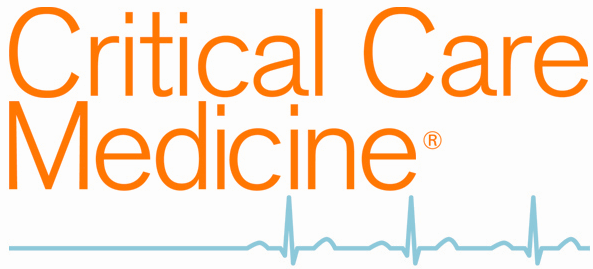Abstract and Introduction
Abstract
Objectives. We tested the hypothesis that, as compared with conventional door-to-balloon, shortened door-to-balloon time would further improve 30-day outcome in ST-elevation myocardial infarction patients undergoing primary stenting.
Design. Retrospective cohort study
Setting. Academic tertiary care hospital with approximately 2600 beds
Patients. Between January 2008 and December 2009, 266 ST-elevation myocardial infarction patients underwent primary stenting with conventional Door-to-baloon were consecutively enrolled as group 1, while 293 ST-elevation myocardial infarction patients underwent primary stenting with shortened door-to-balloon between January 2010 and December 2011 were consecutively enrolled as group 2.
Intervention. Shorten door-to-balloon time.
Measurements and Main Results. The results showed that time from chest pain onset to door did not differ between two groups (p > 0.1), whereas door-to-balloon time was significantly reduced in group 2 compared with that in group 1 (p < 0.0001). The prevalences of successful reperfusion, acute and subacute stent thrombosis, 30-day death or combined endpoint (defined as congestive heart failure ≥ New York Heart Association functional class 3 or 30-d death), and left ventricular function did not differ between two groups (all p > 0.05), whereas the peak creatine phosphokinase level was significantly reduced in group 2 (< 0.05). Further analysis showed that shortening the chest pain-to-reperfusion time to less than 240 minutes was the most important factor in improving left ventricular function (p < 0.001) and 30-day combined endpoint. Multivariate analysis showed that congestive heart failure greater than or equal to New York Heart Association functional class 3, poor left ventricular function, and age (all p < 0.001) along with unsuccessful reperfusion (p = 0.25) were independently predictive of 30-day mortality.
Conclusion. Shortening the duration between chest pain onset and reperfusion to less than 4.0 hours was critical in reducing myocardial necrosis and improving heart function and 30-day mortality.
Introduction
Acute myocardial infarction (AMI) is the leading cause of death in patients hospitalized for cardiovascular disease.[1–3] Early successful reperfusion using thrombolytic therapy or primary percutaneous coronary intervention (PCI) is the most effective therapeutic strategy adopted to minimize the ischemic insult and infarct size of the myocardium and ultimately improve the overall clinical outcome.[3–6] A body of evidence from clinical studies has clearly shown that primary PCI is superior to thrombolytic therapy in terms of the time to reperfusion, the rate of achieving a final thrombolysis in myocardial infarction (TIMI)-3 blood flow (i.e., the normal blood flow) in the infarct-related artery, the rate of bleeding complication, the prevalence of recurrent myocardial infarction (MI) and repeated PCI, as well as the preservation of heart function.[7–11]
Although it is commonly acknowledged that the golden time for primary PCI is less than 12 hours for patients with ST-segment elevation myocardial infarction (STEMI) without cardiogenic shock and less than 18 hours for STEMI patients complicated by cardiogenic shock, it is believed that earlier performance of primary PCI is important in minimizing the ischemic insult and infarct size of the myocardium. Additionally, although the latest guideline (2013 American College of Cardiology Foundation/American Heart Association) recommends that less than 90 minutes of door-to-balloon (DTB) time is acceptable as the management strategy for STEMI using primary PCI,[12] the guideline strongly emphasizes the importance of shortening the DTB time for primary PCI.[12]
Interestingly, we have previously demonstrated that the prevalence of slow or no-reflow phenomenon in patients with STEMI undergoing primary PCI was significantly higher when the duration between chest pain onset and reperfusion was more than 4 hours than that when the duration was less than or equal to 4 hours.[6] In addition, some previous studies have revealed that only the combination of a short (< 90 min) DTB time and a short chest pain-to-door time was associated with the improvement of clinical outcome.[13,14] Disappointingly, no further study has been reported. Furthermore, although the guideline and interventional cardiologists often emphasize the critical role of DTB time in STEMI patients undergoing primary PCI, limited data were available to address whether the DTB time of less than 90 minutes would provide additional benefit in STEMI patients undergoing primary PCI.[14]
The primary PCI program for STEMI patients at Kaohsiung Chang Gang Hospital has started since May 1993. Between May 1993 and April 2009, no specific strategy was adopted for addressing the important issue of DTB time for primary PCI. On the other hand, shortened DTB time has been emphasized as a principal policy for primary PCI in STEMI patients since May 2009. Accordingly, this study tested whether shortened DTB time in our current clinical practice would provide an additional benefit for patients with STEMI undergoing primary PCI.
Crit Care Med. 2014;42(8):1788-1796. © 2014 Lippincott Williams & Wilkins






